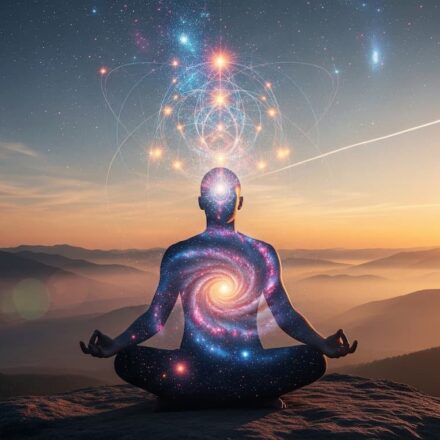
Thinking is the New Superpower: An Ancient Fix for Our AI-Obsessed World
I saw an ad today that made me stop in my tracks.
Table Of Content
“By 2030, AI will replace 800 million jobs. Is your child ready?”
It was for an AI summer camp, promising to teach 8-year-olds how to prompt chatbots and build emoji avatars. It sounded futuristic, but all I could think about was a story from a few years ago.
A company in India created a fake character named “Wolf Gupta,” a 13-year-old who supposedly landed a massive salary at Google because he learned to code. It was a complete lie, but parents, driven by fear, rushed in. That company was bought for $300 million.
Today? The company is dead. The parent company that bought it is bankrupt. And the kids? They’re back in school, learning the same math and science they were told to abandon.
We are making the exact same mistake again, just with a new buzzword: AI.
The Trap of Temporary Tools
I say this as someone who builds AI for a living—the kind that helps model human biology, not the kind that writes resumes. The truth is, I didn’t learn “AI” when I was a kid. I learned how to think. The tech I use today didn’t exist back then. And when today’s 8-year-olds are adults, ChatGPT will be as outdated as a flip phone.
So why are we training our children on temporary tools instead of timeless thinking?
The people already at risk aren’t the ones who don’t know AI. It’s the people who learned one specific skill, like a single coding language, and thought they were set for life. They were taught what to write, but not why. They were taught to code, but not how to solve.
AI will always be better at giving answers. But it takes a human to come up with the right questions. The ones who will thrive aren’t the best coders; they’re the best thinkers.
An Ancient Answer to a Modern Problem
For thousands of years, Hindu philosophy has offered a powerful guide for how to build a strong mind. It’s not about learning a specific skill, but about developing a way of seeing the world. Two of these ideas are more important now than ever.
The first is Viveka — the wisdom to tell the difference between what is permanent and what is temporary.
Think of it this way: an AI app is temporary. It will change next year. But the ability to think logically, to understand basic science, to communicate clearly? That is permanent. That is the skill that lasts a lifetime. A person who understands logic can learn any new tool. A person who only knows the tool is lost when it’s gone. We are teaching our kids to value the temporary gadget over the permanent skill.
The second idea is Manana — the power of deep contemplation and reflection.
Modern AI is built on instant gratification. You ask, it gives. This is efficient, but it’s terrible for our brains. It kills the “thinking muscle” by teaching us that we don’t need to struggle for an answer.
Manana teaches the opposite. It’s the art of sitting with a problem, wrestling with it, breaking it down, and not resting until you truly understand it from the inside out. This struggle is not a waste of time; it’s the workout that builds the muscle of creativity and problem-solving. AI can give you a fish, but Manana teaches you how to fish.
What We Should Be Teaching
Real education isn’t about getting quick answers. It’s about building mental muscle. It’s about learning:
- How to observe the world carefully.
- How to sit with a question without getting anxious.
- How to break a big problem into small, manageable pieces.
- How to build something new when you have no instructions.
- How to fail, learn from it, and come back stronger.
This is what thinking looks like. This is what will matter in 10, 20, or 50 years.
The future won’t belong to those who know how to prompt an AI. It will belong to those who still know how to think for themselves. AI isn’t the future. The human intelligence that creates and directs the AI is.
Let’s raise kids who don’t just use machines. Let’s raise kids who understand who they become when they do.
That’s the skill that will truly last.










